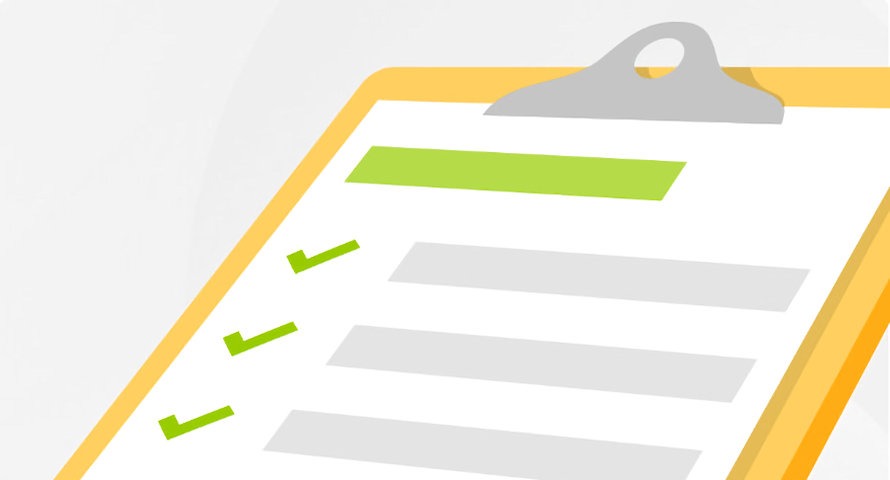
Recently, several people have noted that their bees seemed aggressive before becoming calm again. As someone who lives with my wife and three daughters, I can compare it to managing a hive full of bees—most of which, like my household, are female. While joking about this might earn me a night in the bee yard (though I’m thankful for my wonderful family), I share this to point out that bees, much like a house full of women, can be moody and react to a number of triggers. Factors such as weather changes, nearby animals, yellow jackets, and even loud noises from equipment like weed eaters or lawnmowers can upset them. Still, in general, bees are quite gentle.
To understand what agitates your bees, it’s important to keep detailed notes every time you inspect them. That’s what I want to focus on today. Just as you would care for pets, being a responsible beekeeper means conducting regular inspections. You’re responsible for creating a safe environment, monitoring their health, and treating any issues that arise. Like pet care, beekeeping requires a thoughtful maintenance plan, beginning with a solid inspection checklist.
I’ve included an inspection sheet to help you keep track of your hive’s condition. This checklist is designed to make sure everything is in order, from your equipment to the bees’ activity, and to help you spot what your hive needs to thrive.
The inspection sheet covers five main areas, starting with “Hive Construction.” It’s crucial to keep track of all your beekeeping tools to avoid being caught off guard by unexpected events, such as overcrowding, swarming, or the need to split a hive. This part of the checklist helps you monitor the hive’s growth and development.
During this stage, pay extra attention to maintenance tasks: check that the hive is in good shape, clear away extra wax, ensure frames are spaced correctly, and remove any trash or unused gear from the hive area. Trimming grass and weeds also helps keep pests like mice away.
The “Sighted” section gives you a snapshot of your hive’s health. Seeing eggs, larvae, and capped brood means your queen is active and the hive is functioning well. If you find capped brood and some larvae but no eggs, something may have happened to the queen or she’s stopped laying, and you may need to replace her. This is where your inspection sheet becomes invaluable.
If the queen stops laying, check for queen cells. It’s a natural process, though it may seem daunting. A queen cell on the bottom of the frame is known as a swarm cell and suggests the bees might swarm soon. In this case, move that frame and a few others into a new box, leaving the queen behind, and add fresh frames to the original hive—this effectively splits your hive, which is a positive step.
A queen cell in the middle of the frame is a supersedure cell, indicating the bees are replacing an underperforming queen. Just note the date; no further action is needed. Also, keep track of the amount of capped brood in drone cells, as a large number could mean you have a laying worker, which is problematic. Thorough note-taking here is key to your hive’s prosperity.
The “Laying Pattern” section is also essential. It tells you how many eggs your queen is laying and the space she’s using. A large laying pattern is a good sign; if it’s small, investigate why. Is honey interrupting the pattern, are there eggs in the comb, or is your queen failing? Try extracting honey from some frames and let the bees clean them; then, place these frames back in the center or near eggs and larvae. Check on the area two days later—if you don’t see new eggs or larvae, the queen may need to be replaced quickly with a mated queen.
“Population” is another key area, as it reflects your queen’s performance and helps you anticipate the hive’s needs. Hive numbers peak around June or July and decline rapidly by November as the bees prepare for winter.
Finally, “Honey Stores” are crucial, especially as winter approaches. Your hive should have about 70 pounds of honey to survive the winter months. Monitoring honey levels also prevents the queen from becoming honey bound, which could stop her from laying. If stores are low, it’s a sign you may need to feed your bees.
I appreciate your commitment to beekeeping. Please review and use the attached inspection checklist if you don’t already have one. If you have questions, feel free to reach out to me at bees@woodsbeco.com.